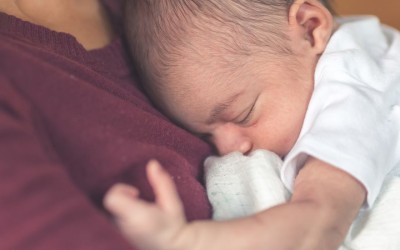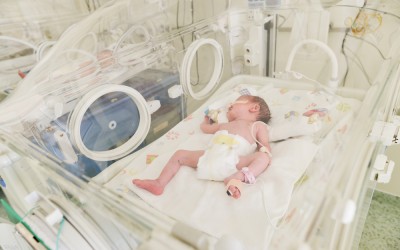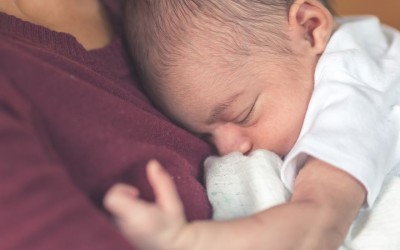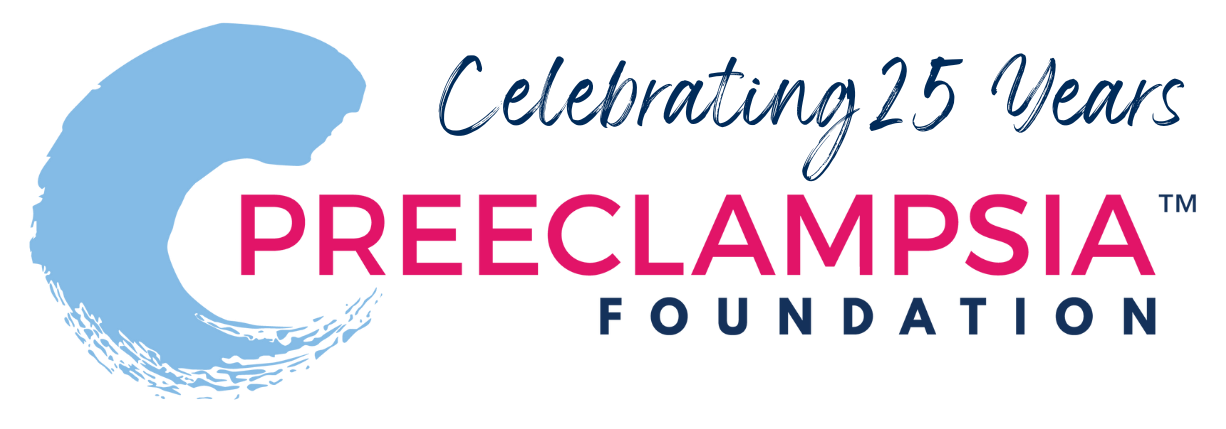
Tips on how to be your own patient advocate
A preeclampsia and HELLP syndrome survivor, Ushma volunteers for the Preeclampsia Foundation and serves on its Communications Committee. Ushma works for a non-profit organization conducting health services research, mostly in the field of patient engagement. Born and raised in Maryland, she lives with her husband and daughter near Raleigh, NC.
As a health services researcher, I develop and test materials for patients and families that encourage them to speak up and ask questions. No surprise that when I got pregnant with my first child in June 2013, these actions were always on my mind when I visited the doctor.
My pregnancy was quite typical – I experienced the usual symptoms such as morning sickness, heartburn, fatigue. Every appointment, I would walk in with a long list of questions for my doctor. Most of my concerns were brushed off as a normal part of pregnancy. The doctors weren’t worried and neither was I.
As I approached 36 weeks, I knew something was off. Like my doctors, my family and friends would reassure me that nothing was wrong. “Relax, don’t worry, get some rest.” These were the words of advice I heard. I generally tend to worry a lot so I thought maybe they are right – I’m just worrying for no reason. After a few days of swollen ankles, puffy eyes, pain on the right side, and just a general feeling of sickness, I decided to take action. My husband and I were out running errands and I decided to get my blood pressure checked at the local pharmacy. This confirmed my fear that something may be wrong. It was unusually high and I had never seen numbers like that before. In the back of mind, I had a feeling that my symptoms could be preeclampsia or even worse, HELLP syndrome, conditions I had glossed over in pregnancy books. I called my doctor and was asked to come to the hospital ASAP.
The next 48 hours were a blur to me. My doctor confirmed my fear and diagnosed me with preeclampsia and partial HELLP syndrome. My platelets were dropping quite low and I was given two choices for delivering – both were risky and I was scared. I had never been admitted to a hospital in my entire life. I hadn’t finished writing my birth plan or packing my hospital bag. Nowhere in my mind did I think I would have my baby early. Mentally and emotionally, I was not ready at all.
I delivered the following day via C-section. My beautiful baby girl was perfect and we were finally a family of three. The next few days were stressful though…learning to breastfeed, multiple providers coming in and out of our room at all hours, and the pain from delivery. After several days, I still did not feel well. But once again I heard the same words from my doctors, nurses, and loved ones – “Relax, don’t worry, get rest.”
On day five, the doctors finally gave me medicine to manage my high blood pressure but I felt really weird inside. I still remember the burning sensation clearly – it felt like my veins were going to explode! I insisted that something wasn’t right and I was not okay. At one point, I literally had to plead to the charge nurse to come in and examine me. I just knew deep down something was wrong.
After what felt like an eternity, the doctors diagnosed me with a subarachnoid brain hemorrhage and I was transferred to another hospital 30 miles away for care in the neurosciences ICU. My baby stayed at the hospital where she was born due to her own health issues and we were separated for five nights, and six long days. Thankfully, we are both alive and my daughter is now 17 months old. However, I will never forget those days leading up to my delivery and the eight nights I was in the hospital.
My daughter went on to fight even more battles in the hospital, having open heart surgery in August 2014, and eyelid surgery in May 2015. Although I didn’t have the birth experience or parenthood I expected to have, these are some of my lessons learned as a mother, health professional, and now patient advocate:
- Trust your instinct. If you feel like something just isn’t right with your health, trust your own gut.
- Speak up. People (this includes doctors and nurses) may shrug off your concerns especially if the symptoms are perceived to be “normal” for your condition, but regardless, get your voice heard.
- Ask questions. There is no such thing as a dumb question, especially when it comes to your own health or your loved one’s health. Write down questions as you think of them and be sure to ask your provider if anything is unclear.
- Reach out. If at any point you are unable to speak up or get the care you need, reach out to a family member or close friend. They can advocate for you in the hospital.
- Get a second opinion. Although it didn’t apply to me during my pregnancy, I encourage everyone to get a second opinion. We ended up doing this for my daughter’s heart issues and now as we cautiously plan for a second child. It doesn’t hurt to get a second opinion because not all doctors are the same.
Related Articles

Doulas can help bridge the gap for any mom, but especially those most vulnerable to maternal illness and death.

Stories of our brave women and families who have been affected by preeclampsia and HELLP syndrome. Please note that due to a technical issue, we are currently fixing the images on this page.

What is Preeclampsia? Preeclampsia is a hypertensive disorder that occurs only during pregnancy and the postpartum period and affects both the mother and the unborn baby. Affecting at least...

Birth Trauma Resources Between 25 and 34 percent of women report that their births were traumatic. A traumatic birth experience is defined by circumstances in which the individual patient bel...

Meghan Markle is opening up about her experience with postpartum preeclampsia in the debut episode of her new podcast, Confessions of a Female Founder. In the episode with her first guest and clo...
1732072344.png)
While the Preeclampsia Foundation has been championing patient advocacy and representation for all families affected by hypertension in pregnancy throughout our 25 year history, we recognized the uniq...

For many members of the preeclampsia, HELLP syndrome, and eclampsia community, the neonatal intensive care unit (NICU) is a life-changing part of their pregnancy and birth experience. Parents from our...

Resultados de varios estudios apoyan la hipótesis de que el estrés causado por un embarazo y parto traumáticos puede en muchas ocasiones anular la habilidad de salir adelante emoc...

As an advocate who served on the planning committee for the Foundation’s Chicago Promise Walk and 5K Run for numerous years and currently serves on the Patient Advisory Council, Jasmine Mago is...

